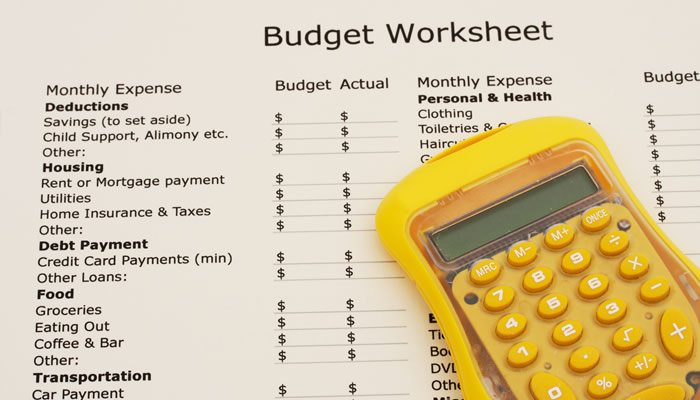Opinion
By Victoria Vivente February 5, 2025 — 5.05am
I’d been tracking expenses for a grand total of two months when I spent $500 in one month on eating out.
“Jesus Christ,” I thought. “Am I doing that every month?” For me, $500 in a month (for one person, with no super-fancy meals) was a lot. Thankfully, I’ve rarely come close to that since.
Budgeting doesn’t have to be a drag.
Fine dining isn’t high-value for me, but quality time with friends is. That month, I’d caught up with two friends who were in from out of town, a group I hadn’t seen in ages, and a few other catch-ups here and there. The money was worth the quality time spent. I managed the financial impact because I have a budget that I don’t hate.
You’re doing yourself and your money a disservice when you don’t have a plan. Without one, your money will disappear, even if you don’t mean it to.
Having a structure where your dollars know where they are all going, whether they’re reserved for fun or work, allows you to get the most return on the time you spent getting the dollars in the first place.
Loading
Account types Here is a heads-up on the types of accounts you’ll need for your budget:
Regular expenses: The expenses you need to pay – housing, utilities, food, childcare and direct debits such as health/pet insurance, gym membership etc. Irregular expenses: The expenses that are irregular and often sting. Think car registration, servicing and insurance, professional registration costs, dentist, specialists, optometrist, etc. Treats: Stuff that isn’t essential to living but essential to happiness. Debt paydowns: This is where you take your debts from your shit list to your hit list. If you have no debt, you won’t need this. Emergency fund: I use “emergency fund” as most people are familiar with this term. However, think of it more as your ultimate empowerment fund. You can build this up for whatever you want – quitting a job, replacing your hot water unit, insurance excesses, emergency flights home, etc. Sinking funds: This is a goal account for whatever you want: holidays, school fees, starting a charity, home cinema, tattoos, etc. I once had a client with a knitting fund. Step 1. Start with your regular and irregular costs Let’s get the basics squared away. Go through at least three months of bank transactions. Currently, you’re look
Read More

